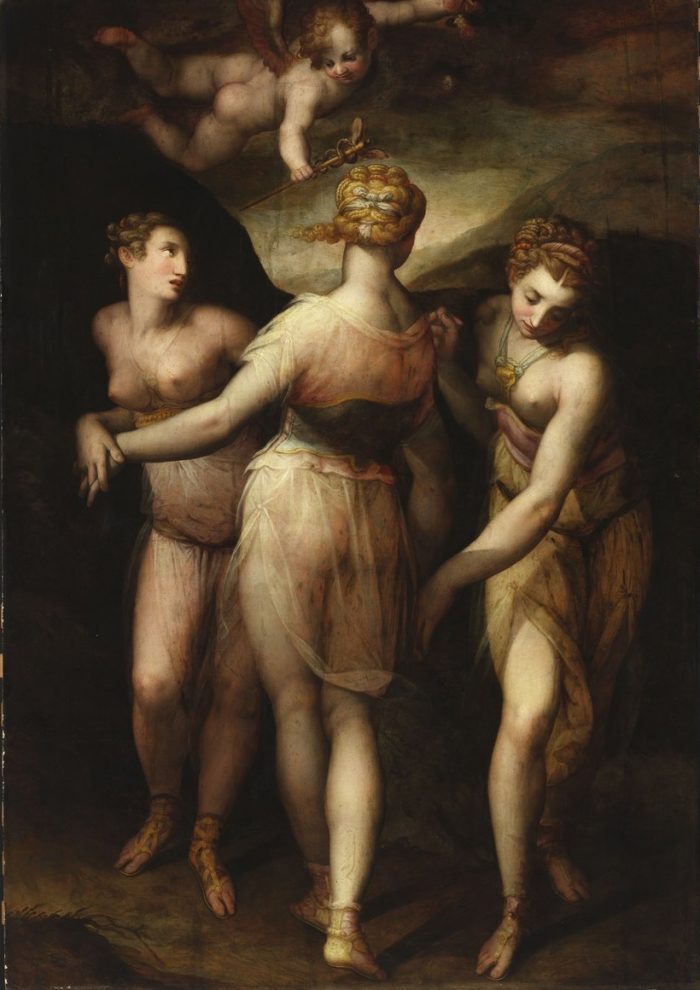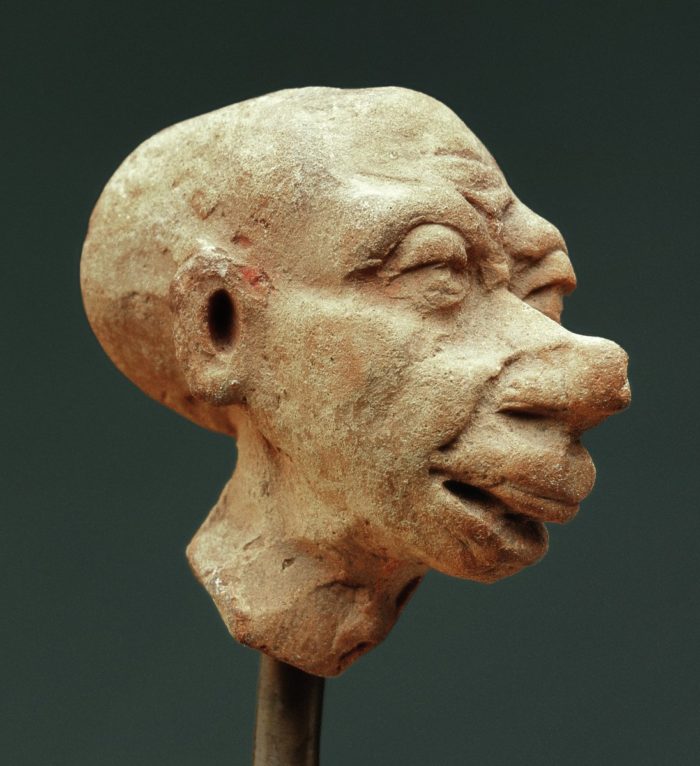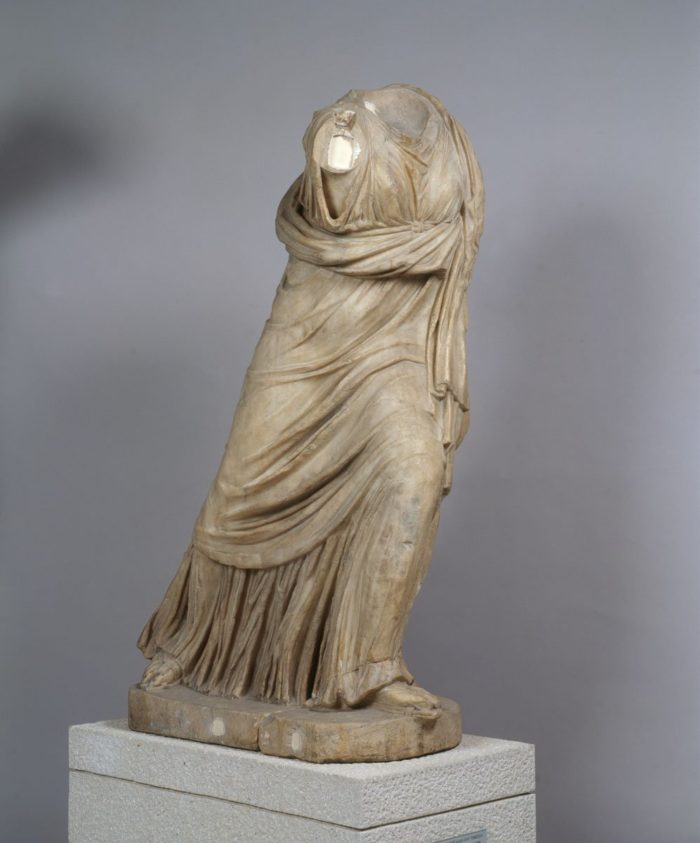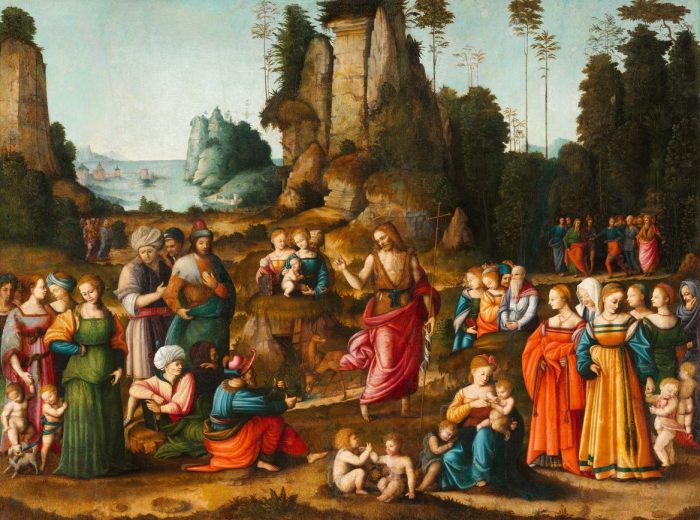We use cookies to provide you with the best possible service and a user-friendly website.
Please find our Privacy Policy on data protection and data management here
Please find more information on the cookies here
An Extraordinary Museum Walk with Movement and Dance

The museum walk was created by Anita Barabás, dancer and art history student at the ELTE Faculty of Humanities in 2023.
This museum walk gives you the opportunity to connect with the artwork in a different way than usual. The physical activity helps to engage you; by not just looking at the artworks, but being inspired to move, the visit becomes a whole new, real community experience.
It is important to note that you need more people to complete the museum walk tasks: at least two people, but the more people you have, the more exciting the programme will be. For the more adventurous, we recommend that you pair up with other visitors to walk the stations.
The tasks are related to the chosen objects, but the movements do not necessarily have to be made near the object. Always look for a place where you can comfortably fit in and not risk endangering the artwork!
Stations
- Grotesque male head
- Marble torso – Isis Pelagia
- Giovan Battista Naldini: The Three Graces
- Bacchiacca (Francesco Ubertini): Sermon of Saint John the Baptist
Grotesque male head

The distorted sculptures you see here were extremely popular in the Hellenistic and Roman periods. Why? These strange heads are evocative of the masks used in classical Greek theatre, which helped the audience to identify emotionally with the characters through the visual expression of various, sometimes extreme, emotions. The human face is made up of many tiny muscles, so the range of facial expressions is almost inexhaustible.
Task: Face-game
After closely observing the statues, stand in a circle, facing each other. Each of you should choose an emotion from those listed below, then turn your back to the others and make a facial expression that shows the emotion you have chosen. When you turn back, it is up to the others to guess which emotion it is. If successful, the next person can come on, and so on until everyone has had a turn.
- BOREDOM
- JOY
- FEAR
- LOVE
Marble torso – Isis Pelagia

The goddess Isis appears here as the protector of navigation, with her arms originally outstretched, holding a sail in her hands. This representation may also have been the model for the later statues of Nike, in which the goddess of victory appears with wings.
Task: Slow-motion joint dance
Assume the body position of the sculpture. The position of the feet should be accurate and stable throughout. Breathing is important at this station, so take a deep breath and exhale slowly. Then imagine the wind moving your hands like a sail. You can start at a faster pace, then try to slow down the movements. After a while, switch your stance so that the other foot is in front.
If you do the exercise in pairs, it becomes a mirror dance. Face each other and decide who will be the leader first and who will be the mirror image. The leader makes up the arm movements and the mirror image has to imitate exactly what the leader does. After a while, switch roles so that the mirror image becomes the leader.
If there are more than two of you, then stand behind each other in a V shape, like wild geese, and follow the arm movements of the person in front of you, after a while switching places so that everyone is in front and behind.
Giovan Battista Naldini: The Three Graces

In the painting, the three Graces – goddesses of beauty, charm, and kindness – hold hands and twist in serpentine movements along the line of a circle. Their movements work to create harmony and understanding.
Task: From chaos to order, from tangle to circle
This task works well when there are at least three of you, so it is a good idea to include visitors wandering around the room.
Stand in a circle, close your eyes, then gently reach out to each other, find each other’s hands and shake hands. Hands can be linked in any direction. Keep the grip and open your eyes. The task is to untangle your hands without releasing your grip.
Carefully alternate places, sliding under each other’s hands, perhaps stepping over, and using deft movements to untangle the knot. At the end of the exercise, you should form a regular circle where you hold the hand of the person next to you. You may end up with your back to one person, but you may also end up with only one person’s back to you, or you may even end up with two separate circles. You can try the exercise several times, and swap places!
Bacchiacca (Francesco Ubertini): Sermon of Saint John the Baptist

In this colourful painting, around Saint John the Baptist, you can observe many exciting figures, distinguished ladies, old men, men in turbans and a group of people in the background who seem to be dancing.
Task: The dance of an imaginary community
Look carefully at the painting, then choose a figure and imagine who he or she was. How he or she would move? How he or she would dance?
Stand in a circle and one by one show this imagined movement or dance step. Learn each other’s movements and put them in order.
1. The first person shows a step or move
2. The others try to imitate it together
3. The next person shows a step or move
4. Learn that one too, then repeat the first and second person’s movements together
5. Now just keep going until everyone has had a turn, then the choreography is complete
You can add more moves or try dancing together to music. Have fun!
Recommended music:
- Scott Bradlee’s Postmodern Jukebox, feat. Puddles Pity Party and Haley Reinhart: Mad World
- Steve Reich: Music for 18 musicians: Section II or Pulses
